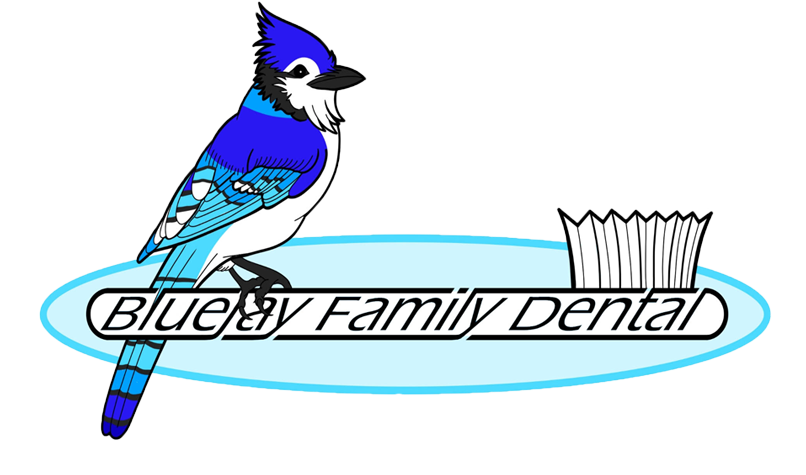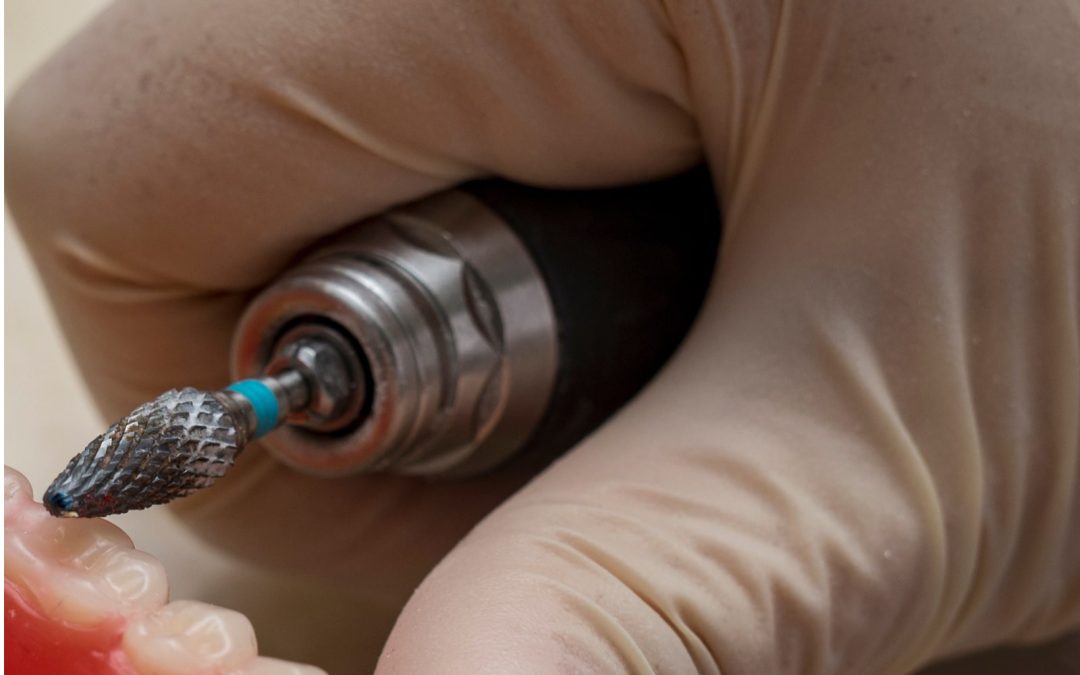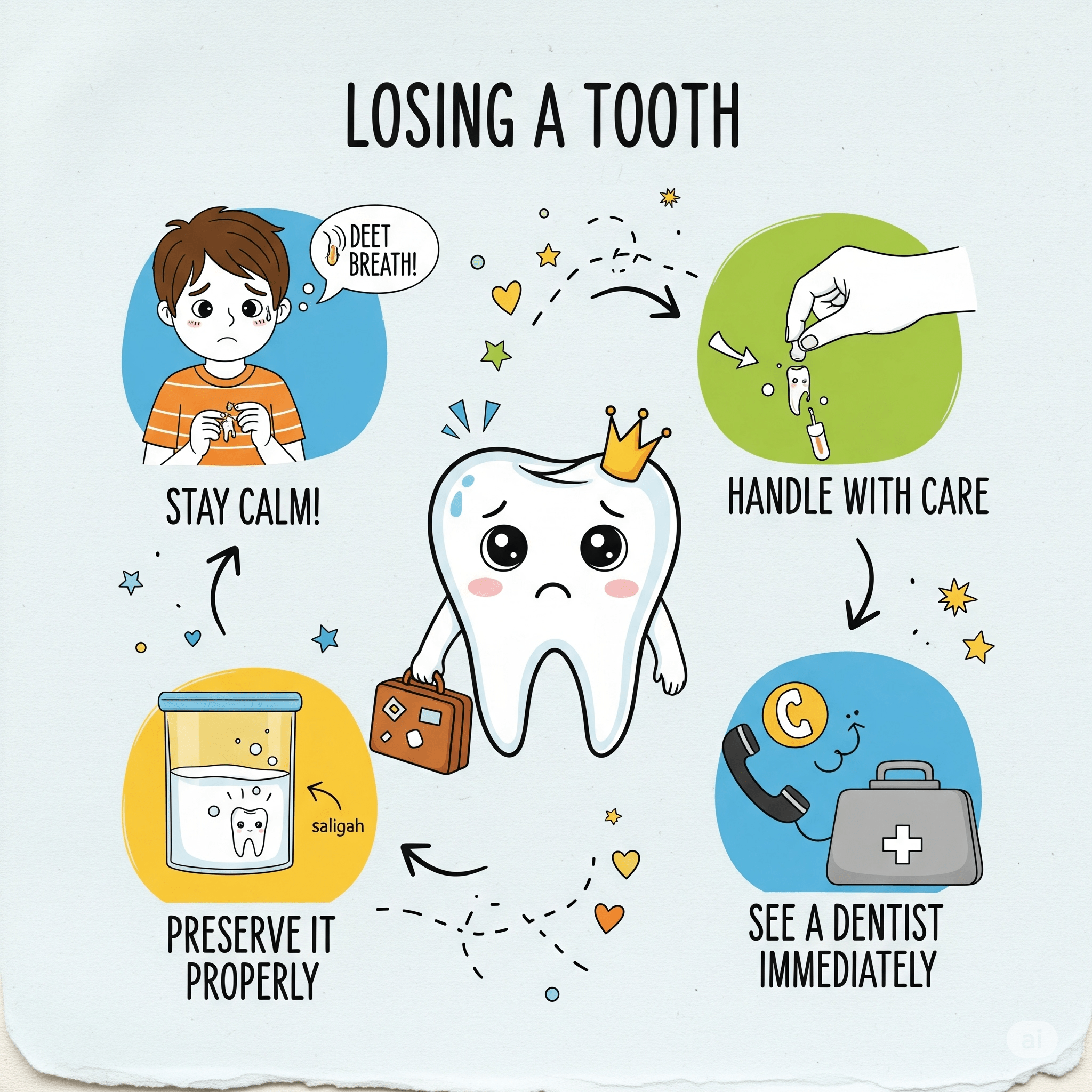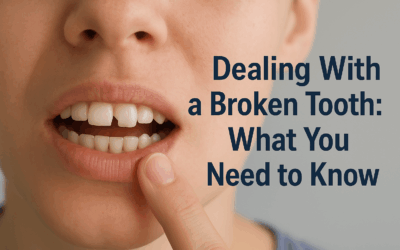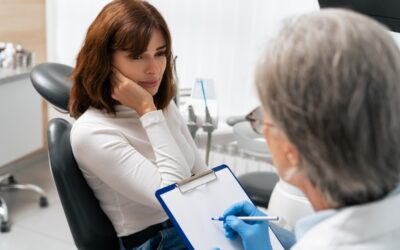
How DIY Dental Shaving Puts Your Teeth At Risk
If the idea of popping open your mouth and going to town on your teeth with a nail file or piece of sandpaper makes you cringe, you’re not alone. Just the concept of dental shaving is enough to make most people close their mouths and consider never opening them again. Dental shaving has been a procedure that’s been around in the dental industry for many years. However, it requires significant years of experience and training to know how and when to execute it safely. Without this necessary training, it’s entirely possible to speed the advance of tooth decay, expose the sensitive interior of your teeth, and cause significant dental trauma. Here are some things to know about your teeth and dental shaving.
- The exterior of your teeth is made of a hard substance known as enamel. It protects the soft dentin and sensitive pulp housed inside your tooth. Once it’s gone, enamel doesn’t grow back.
- The pulp and nerves within your teeth can be exposed by thinning this layer of enamel. The result can be painful sensitivity that doesn’t go away without treatment.
- Dental restorations sometimes call for thin layers of the tooth to be shaved away. However, the amount removed is exact. This level of precision simply isn’t possible without the advanced equipment used by your dentist.
- Any seemingly positive effect achieved by DIY dental shaving is offset by the fact that it’s temporary. This is very common when conditions such as bruxism are present.
In some cases, your dentist may call for professional dental shaving, including:
- A cosmetic procedure is being performed that requires removing a thin layer of enamel to make room for the restoration.
- Complications resulting from a bad bite or that are causing jaw pain may require some dental tissue to be removed. This is common with TMJ Disorders.
In some circumstances, your dentist may opt to reshape the rear dental cusps to ensure that your teeth fit together smoothly. This procedure is known as occlusal equilibration and can ensure that your teeth are able to fit together correctly and address concerns with muscle spasms.
Reach out To Your Dental Specialist For Additional Help
Discovering all the reasons that this new trend is dangerous for your teeth can involve a conversation with your dentist. Reach out to them to learn what they have to say and what they suggest to achieve your desired goals.
Recent Posts
Home Remedies for Toothache Relief: Natural Ways to Ease Dental Pain
Toothaches have a way of disrupting daily life unlike any other discomfort. The pain can be sharp, throbbing, constant, or intermittent—and it often strikes when you least expect it. Whether it’s the middle of the night or during a weekend away from your dentist,...
What to Do If You Lose a Tooth: A Guide to Immediate and Long-Term Care
Losing a tooth unexpectedly is often a shocking experience, especially when it happens suddenly due to trauma or injury. Whether it’s caused by an accident, sports incident, or advanced dental disease, a lost tooth is more than just a cosmetic concern—it can...
Dealing With a Broken Tooth: What You Need to Know
Experiencing a broken tooth can be alarming, painful, and sometimes even embarrassing. Whether it’s due to an injury, biting down on something hard, or a hidden cavity weakening the structure, a broken tooth is a dental emergency that requires prompt attention. At...
Common Dental Emergencies and How to Handle Them
Dental emergencies can be distressing and happen when you least expect them. Knowing how to respond correctly can mean the difference between saving a tooth and losing it or avoiding unnecessary pain and complications. At BlueJay Family Dental in Council Bluffs, IA,...
